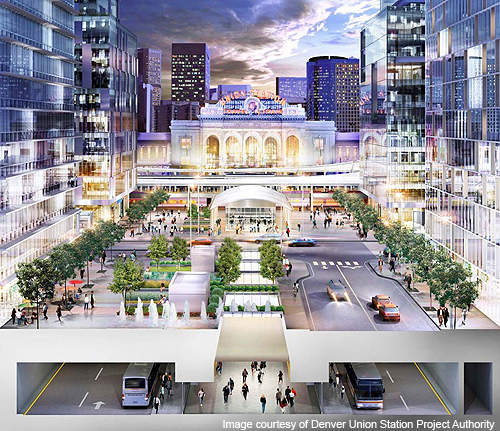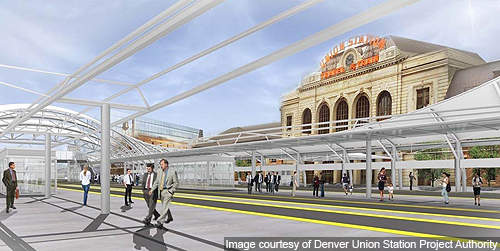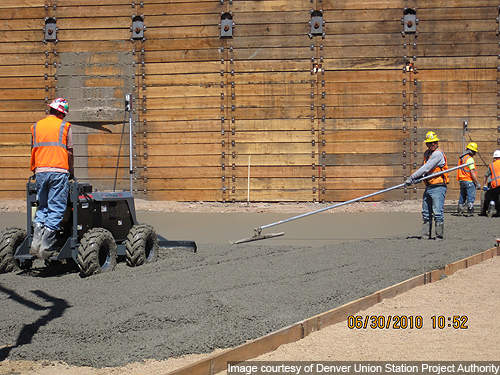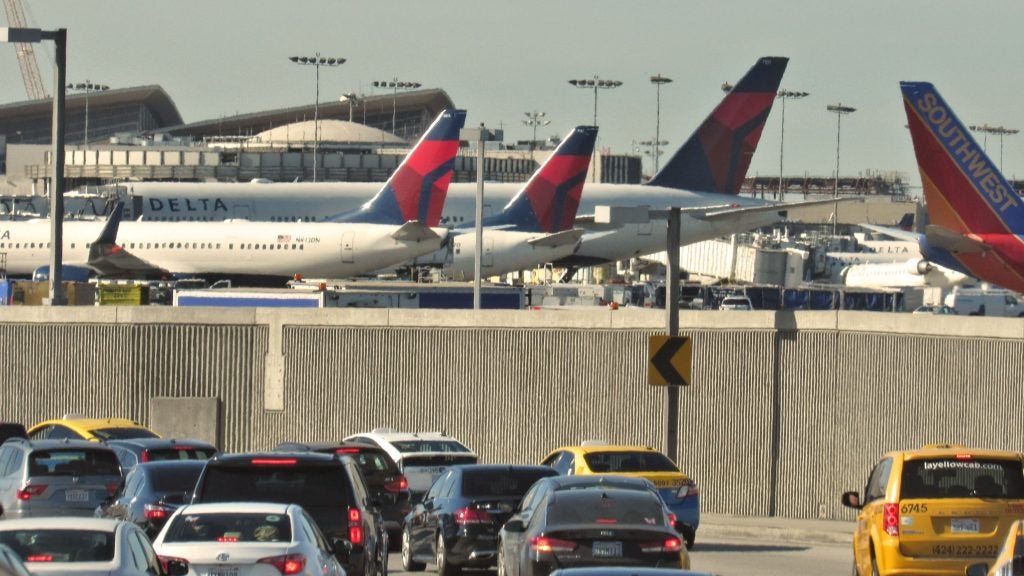The Denver Union Station is a historic train station located in the downtown area of Denver, Colorado. The station opened in 1881, and was served by 80 trains a day operated by six different railroads until the National Railroad Passenger Corporation, trading as Amtrak, was formed in 1971.
State-owned Amtrak provides inter-city passenger services in the US. Most of the services at Union Station terminated after Amtrak’s formation. Since then, the station has been served by only one train a day, travelling between Chicago and Bay Area.
The redevelopment and preservation project is a 12-year FasTrack programme, which aims to convert the station into a multimodal transportation hub serving different modes of transport and connecting various parts of the city to one central location. It also aims to promote new private developments.
The redevelopment project is estimated to cost $4.7bn, and has been granted a federal loan of $300m (58%) under the Department of Transportation’s (DOT) Railroad Rehabilitation and Improvement Financing (RRIF) and the Transportation Infrastructure Finance and Innovation Act (TIFIA) programmes. It is the first project to get financial aid under the two programmes, and the loan will be repaid through the Regional Transportation District’s (RTD) bonds and tax increment revenues.
The RTD will assist in the construction of facilities, which it will own and operate once the project is completed, scheduled for 2017.
Denver Union Station project
In 2001, the Union Station building was purchased by a partnership agency of the RTD, the City and County of Denver (CCD), the Colorado Department of Transportation (CDOT) and the Denver Regional Council of Governments (DRCOG).
An environmental impact study was undertaken by the Union Station partnering agencies in 2002.
In 2004, the station and surrounding area were designated as a landmark and zoned as T-MU-30. This zoning is given to stations needing a lot of land for transit-oriented development, allowing a floor-area ratio of 5:1. The zoning was given along with waivers and conditions to meet the redevelopment goals effectively.
The Union Station partnering agencies appointed the Union Station Neighborhood Company (USNC) in 2006 as the master developer team to carry out the redevelopment and preservation of Denver Union Station.
The master plan, designed in 2004, was revisited in 2008 to include the areas along 17th Street to the consolidated mail line (CML), resulting in the adoption of the Denver Union Station master plan supplement. The master plan envisages transportation improvements along with future development.
The FasTrack programme will redevelop Denver Union Station and build 122 miles of rail line, including six new commuter and light rail corridors, and extend the three existing corridors. It also includes the construction of 18 miles of bus rapid transit service and the addition of 21,000 new parking spaces. In addition, the project will involve the development and preservation of 19.5 acres of surrounding land.
Construction began in June 2010, with the laying of a concrete surface as part of the underground bus structure.
Infrastructure
The train hall is situated on the west side of the historic station. It will provide eight at-grade tracks, including the RTD’s Northwest, East, North Metro, Gold Commuter, Amtrak and Ski Train services. Upon completion, it will be able to accommodate 10,000 people an hour and will be the gateway to the Mile-High City.
The light rail platforms will be relocated adjacent to the CML to serve the west, south-east and south-west. At the north of the platforms, space will be provided to accommodate additional trains. There will be a plaza between the light rail platforms and Chestnut Place, which will feature a canopy to provide shade.
The RTD’s expanded regional bus facility will replace Market Street Station below grade, under 17th Street. It will be located between the light rail platforms and the Union Station, and will have 22 bays, of which 16 will be dedicated to the RTD regional and express buses, four for the Downtown Circular and two for new or other commercial services.
The 16th Street Mall Shuttle will be extended adjacent to the light rail platforms at the CML to connect Civic Centre to Platte River.
The free shuttle service will provide easy connections between the light rail platforms, passenger rail and the historic station.
The Downtown Circulator will provide a bus service between Denver Union and the employment centres downtown. It will be extended to Civic Centre on 18th and 19th Streets and Lincoln and Broadway. The Circulator will serve rail passengers, regional bus and light rail riders from the underground bus facility.
In addition, several new public spaces will be created and interconnected, to enable visitors to move between destinations easily. This includes the Wynkoop Plaza, the 17th Street Promenade / Gardens, the Wewatta Pavilion and the Light Rail Plaza.











